Spam is one of the most pervasive nuisances in digital communication. But what is spam exactly? In simple terms, spam refers to unsolicited and often irrelevant or malicious messages sent to large numbers of users. These messages flood email inboxes, social media feeds, messaging apps, and forums, causing annoyance and posing serious cybersecurity risks.
Understanding what is spam is crucial for cybersecurity experts, CEOs, and online forum administrators looking to safeguard their digital environments. This article explores the types, dangers, delivery methods, and prevention techniques to provide a comprehensive view.
Defining Spam: The Digital Nuisance
Spam is unsolicited content sent in bulk, often for commercial purposes but increasingly used to deliver malware or phishing attacks. While originally associated with email, spam has evolved into multiple formats across platforms.
Common LSI and Semantic Keywords
-
Unsolicited messages
-
Bulk email
-
Phishing spam
-
Social media spam
-
Spam filtering technology
The Evolution and Impact of Spam
From Email to Social Media and Instant Messaging
Initially, spam referred to unwanted email flooding inboxes, but today it includes abuse on social media platforms, SMS messaging, and online forums. Attackers exploit multiple channels to maximize reach.
Business and Cybersecurity Impacts
Spam drains IT resources, reduces productivity, compromises brand reputation, and serves as a gateway for malware and data breaches, costing businesses billions annually.
Types of Spam Explained
Email Spam
The most traditional and well-known form, email spam includes promotional ads, phishing attempts, and scam emails.
Social Media Spam
Fake accounts, unsolicited messages, and comment flooding on platforms like Facebook, Twitter, and Instagram.
SMS and Instant Messaging Spam
Unwanted text messages or messages via apps like WhatsApp and Telegram, often with malicious links.
Comment and Forum Spam
Automated posts flooding blogs and forums with irrelevant links or advertisements.
The Risks and Dangers of Spam
-
Malware and Phishing Threats: Embedded links and attachments in spam can lead to malware infections or credential theft.
-
Resource Drain and Reputation Damage: Time and costs are involved in filtering and remediating spam, while users’ trust may erode.
-
Cybersecurity Vector: Spam is often the first step in sophisticated attacks like spear phishing and ransomware.
How Spam Is Delivered: Techniques and Tools
-
Botnets and Spam Campaigns: Networks of compromised devices send massive volumes of spam to hide origin.
-
Spoofing and Social Engineering: Attackers disguise messages to appear from trusted sources.
-
Content Obfuscation Methods: Spammers use random text, images, or URL shorteners to evade filters.
Effective Spam Prevention Strategies
Email Filtering Technologies
Deploy spam filters using rule sets, Bayesian analysis, and reputation scoring to block unsolicited messages.
User Awareness and Education
Training users to recognize phishing and spam reduces the success rate of attacks.
Regulatory and Compliance Measures
Legislation like CAN-SPAM Act and GDPR enforce sender accountability.
Advanced AI and Machine Learning for Spam Detection
Using pattern recognition and anomaly detection to adapt to evolving spam tactics.
The Role of Cybersecurity Professionals in Fighting Spam
Cybersecurity experts must architect layered defenses, monitor suspicious activity, and maintain updated threat intelligence to keep spam campaigns at bay. Collaboration with email providers, social platforms, and standards bodies is essential.
Future Trends in Spam and Spam Defense
-
Increased Use of AI by Spammers: More sophisticated evasion and personalization.
-
Enhanced Machine Learning Defenses: Real-time detection improving accuracy.
-
Stronger Regulations: Greater enforcement globally.
-
Growing Importance of Zero-Trust Models: Verifying all message authenticity continuously.
Table: Top Anti-Spam Tools and Their Features
| Tool Name | Platform | Key Features | Link |
|---|---|---|---|
| SpamAssassin | Email servers | Rule-based filtering, open source | https://spamassassin.apache.org |
| Barracuda | Cloud & on-prem | Real-time threat protection | https://www.barracuda.com |
| Akismet | WordPress plugins | Comment spam filtering | https://akismet.com |
| Proofpoint | Enterprise cloud | Advanced threat detection | https://www.proofpoint.com |
Frequently Asked Questions (FAQ)
What is the difference between spam and phishing?
Spam is unsolicited bulk messaging; phishing aims specifically to steal data or money via deception.
How can I tell if a message is spam?
Look for unknown senders, suspicious links, poor grammar, or urgent call-to-actions.
Are all unsolicited messages considered spam?
Not always; some may be marketing but with prior consent.
Can spam be blocked completely?
No system is perfect, but layered strategies can drastically reduce spam.
Do anti-spam laws affect international senders?
Laws generally apply based on recipient location but enforcement varies.
Can spam damage a company’s SEO?
Yes, spammy backlinks or comments can hurt search rankings.
Is spam only an email problem?
No, spam exists across messaging apps, social media, forums, and comments.
What role does AI have in spam detection?
AI identifies patterns and anomalies, adapting faster to new spam tactics.
Conclusion
Understanding what is spam and its evolving threat landscape is crucial for cybersecurity professionals and business leaders. By implementing multi-layered defenses, educating users, and leveraging AI-driven tools, organizations can minimize risks and protect digital assets effectively.
Take proactive steps today—assess your current spam defenses and partner with experts to safeguard your organization’s communication channels. Stay vigilant, stay secure.




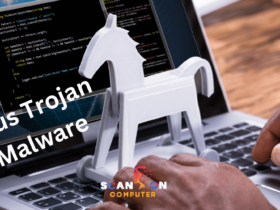
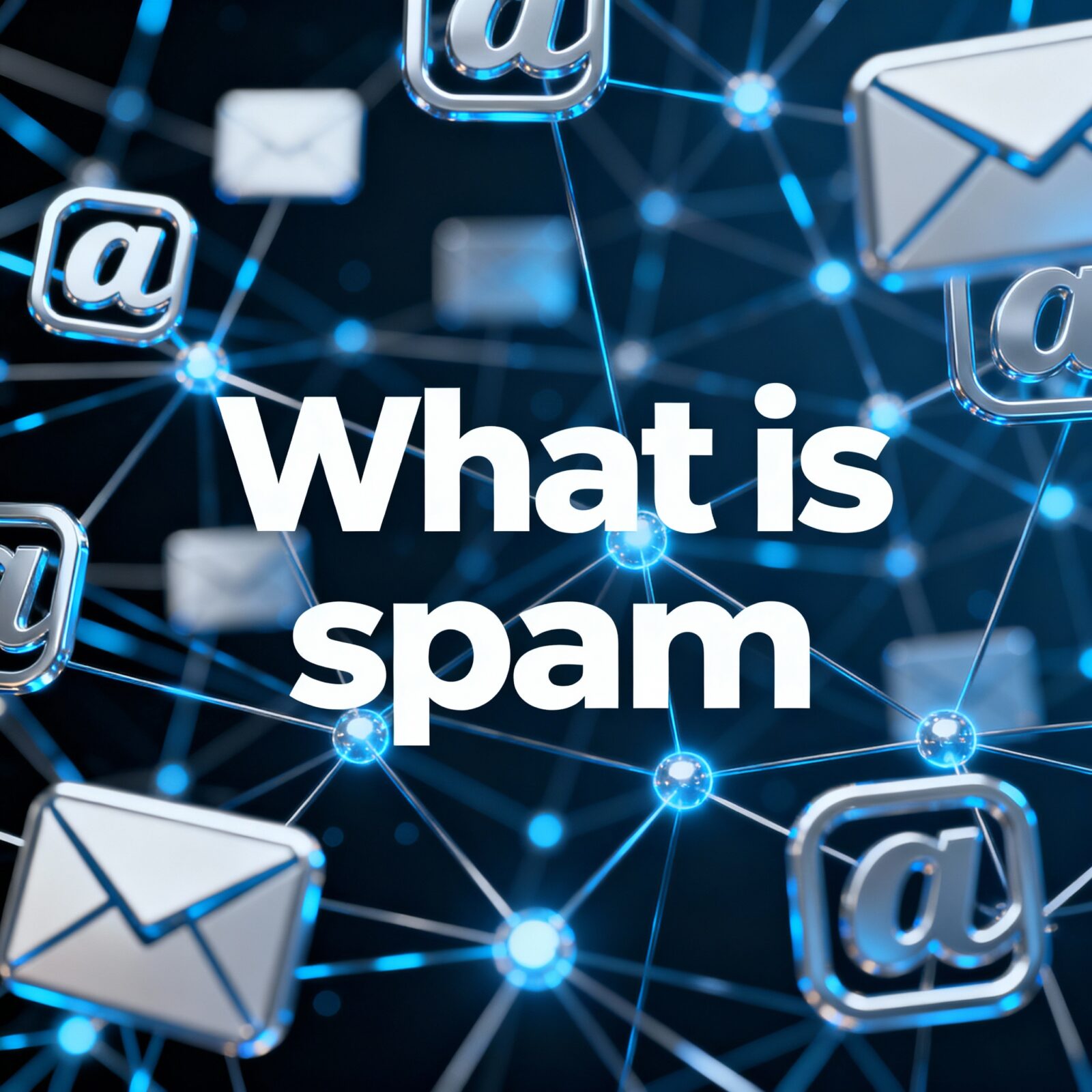


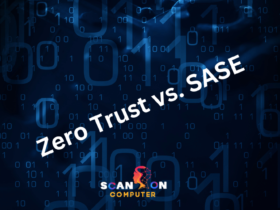


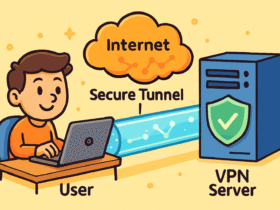
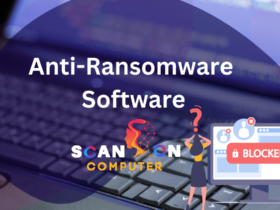
Leave a Reply
View Comments